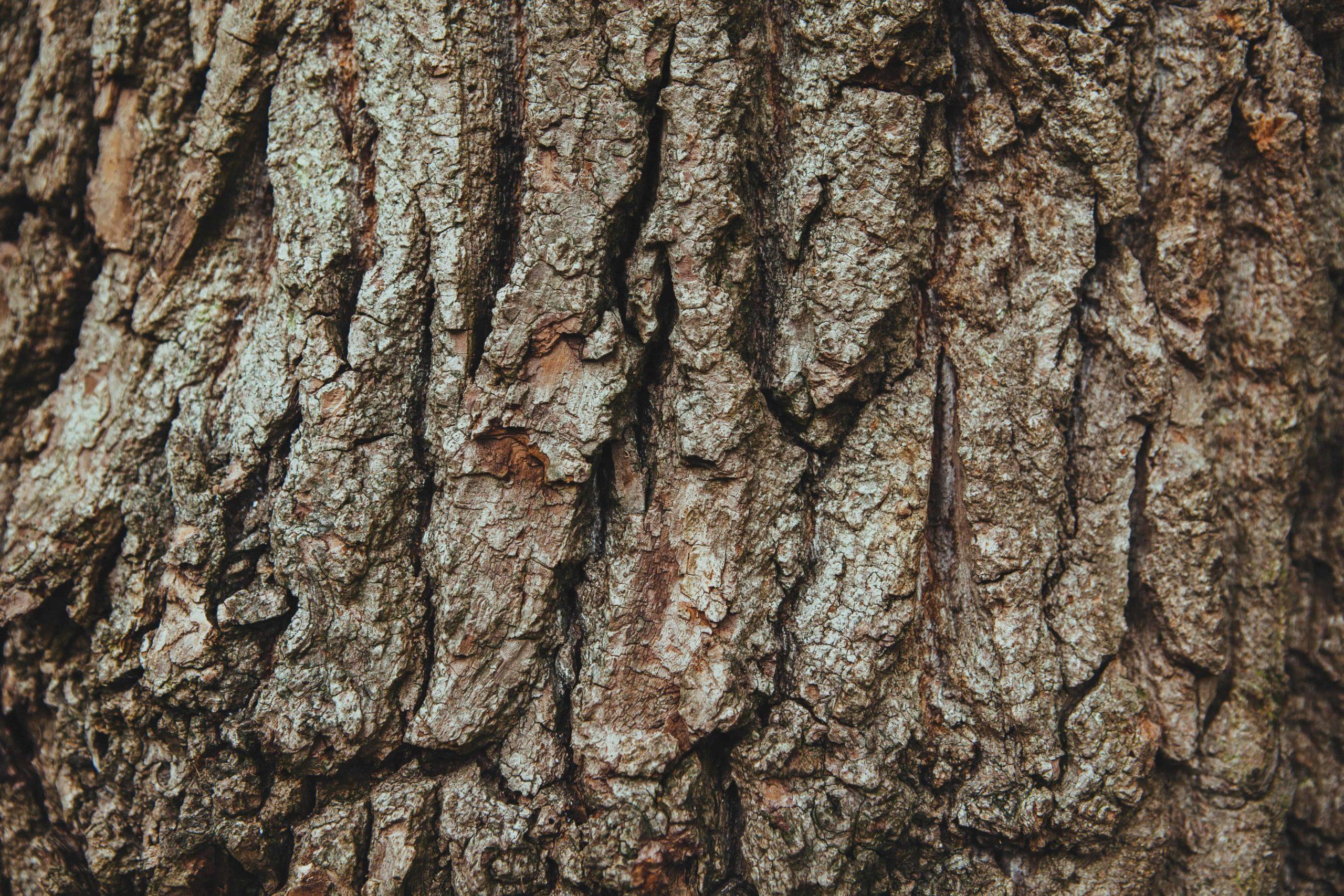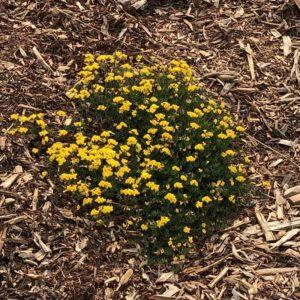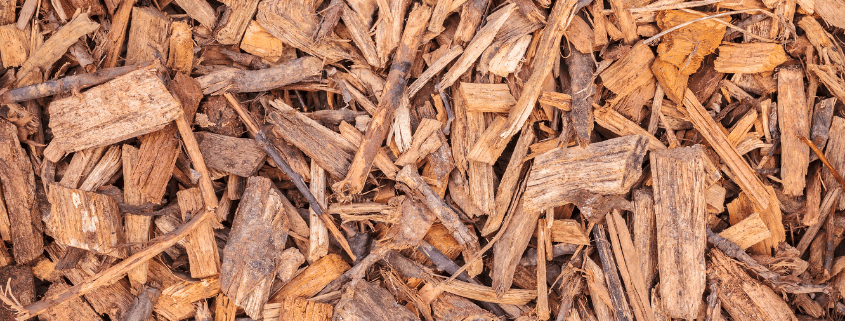Mulch is important for tree health. This kind of organic material can enhance landscaping, protect plants from traffic, and improve soil conditions. Gardeners and landscapers don’t use it only in warmer weather, though – they know that mulch serves a purpose in winter, too. But does wood chip mulch really protect tree roots in winter? To answer the question, it helps to know why mulch is important year-round!
Why Does Mulch Help Trees?
Organic matter or mulch helps trees survive because forest floors are covered not by grass but by organic matter. Twigs, leaves, dead flowers, rotten wood, and other debris cover the forest floor. This material is a natural mulch, shading and cooling the soil, adding organic matter and nutrients to the soil, reducing compaction and helping keep grass and other plants from growing under and competing with the trees.
Tre es that are native to heavily forested areas have adapted to organic matter covering their root systems, letting them stay relatively shallow and within 12 inches of the surface. Mulch can replicate the conditions of a forest floor. It also reduces weed growth around the root systems and keeps more moisture in the soil, improving root system health and tree health.
es that are native to heavily forested areas have adapted to organic matter covering their root systems, letting them stay relatively shallow and within 12 inches of the surface. Mulch can replicate the conditions of a forest floor. It also reduces weed growth around the root systems and keeps more moisture in the soil, improving root system health and tree health.
In winter, wood chip mulch serves an additional purpose: it insulates the root system. The coarse texture of this material insulates the tree’s roots, acting as a natural blanket that protects them from heavy freezes and temperature extremes. Wood chips still allow enough air and water to flow through to the roots without compacting tightly below the ice and snow.
What Kind Of Mulch Should You Use?
Mulch can be any organic matter, but the best choices are woody and coarse. The best option is fresh, natural wood or bark chips, but good organic mulches can contain many different plant materials: pine needles, leaves, compost mixes, and even cocoa hulls. All these materials decompose in a way that raises soil fertility and improves soil structure.

For winter, though, the mulch should be mostly wood chips. On top of the insulation, the roots and chips can provide nourishment for the microorganisms and fungi in the dirt; they’ll feed on the nutrient-rich plant material, in the process improving soil quality and helping your tree make use of the food in spring.
If you’re laying down mulch yourself, the effectiveness depends on doing it right. A good mulch bed should extend out at least three feet from a tree’s trunk in all directions, though the wider, the better. Make sure that the mulch is at least 5 inches away from the trunk and no more than 2 to 4 inches deep.
Be sure not to pile the mulch too high up the side of the tree; this can cause excess moisture to build between the trunk and the mulch, creating ideal conditions for wood decay, diseases, and fungi. Any deteriorating bark at the tree’s base can become an unstable foundation.

